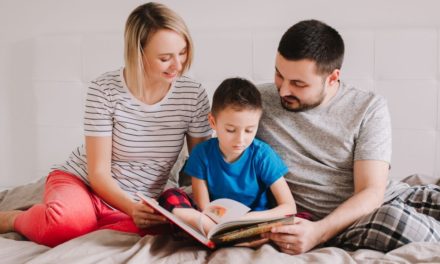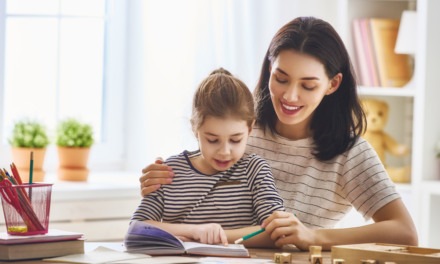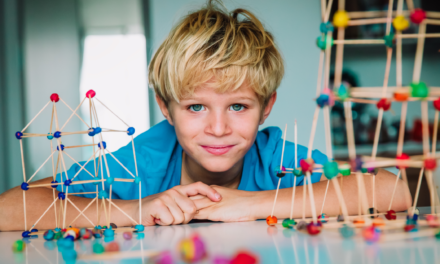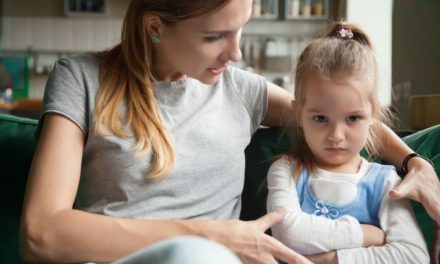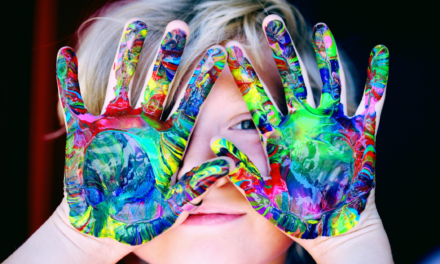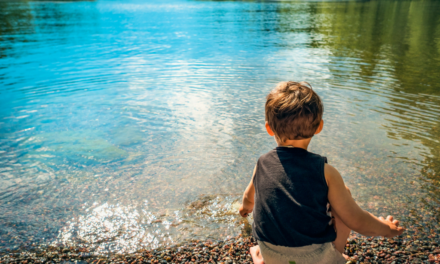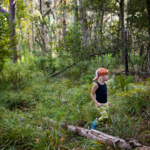
5 ways to foster imagination in children

Why is imagination so important?
Have you ever seen how a grumpy child becomes happy again? And I mean happy and not distracted. Screen time or food will offer momentary distraction but not true happiness for the little soul. When you connect with a child through this doorway called “imagination” you will see the grumpiness vanishing immediately, and you will giggles as the tears roll away.
I had once read a quote in the book “Seven times the sun” where the author writes the “I was a perfectionist and then I became a parent”. I think this quote describes us all. In one way or the other our lives before parenthood are aligned with structure, that goes out of rhythm when the baby arrives. She becomes the center of our daily lives. It is then that we start making changes to our usual routines and realise that we cannot match up to our earlier selves. The little being has altered out way of living permanently. Added on to this let’s look at the fact that we live in the midst of harried and hurried digital chaos, where we often loose the connections with ourselves. How are we then going to connect with our little ones who only view this world from the vision of imagination.
This vision of imagination is not limited only to little children. We adults at large are imaginative beings. Imagination stems into our very being. The only difference between our adult imagination and a child’s imagination is that our adult imagination is coloured with practical bias whereas a child’s imagination is free of biases. As parents we focus heavily on academic achievements however it will be beneficial for the child if we also focus on improving his imagination.
Einstein once quoted that “Logic can take you from A to B but imagination encompasses the whole world”
Here are some great ideas to foster imaginative thinking in children –
1. Time Alone

Most of the creative geniuses spent a vast amount of time alone, they were able to think clearly without distractions and a habit of thinking in solo time fosters creative thinking. A simple set up for alone time could be as simple as giving him some clay or bees wax to mold without any adult instructional interruptions.
2. Tell a story with a twist
 “Inside each of us is a natural-born storyteller, waiting to be released.” – Robin Moore
“Inside each of us is a natural-born storyteller, waiting to be released.” – Robin Moore
Tell a story to the children they already know and then instead of telling it the way it originally is change some characters in the story or add some subtle differences in the story line or change the climax completely. This can be very easily achieved by using simple fairy tale or short stories that the child already knows like “The Lion and the Mouse” imagine telling the same story plot with completely different animals and ending with the same ending. It encourages creative thinking in the child and he may come up with his own version of the Lion and the mouse or he could even combine two fables and create his fable.
3. Let them make a mess
 “A creative mess is better than tidy idleness” – Michael J. Fox
“A creative mess is better than tidy idleness” – Michael J. Fox
Yes, I know this one is a bit difficult to face but I would say it’s a temporary price to pay for a long-term creative imagination. Let them do things that are not orderly, refrain from giving comments that make them think like you. That is exactly what we want when we are looking at raising a creative genius we don’t want to them to think like us. Let them make the mess in the play room while they are playing. Let them play with things that are not toys and let them make pretend toys out of everyday household items.
4. The imagination table
 “You cannot depend on your eyes when your imagination is out of focus” – Mark Twain
“You cannot depend on your eyes when your imagination is out of focus” – Mark Twain
5. Doing kitchen science experiments
 “What is now proved was once only imagined” – William Blake
“What is now proved was once only imagined” – William Blake
For this one we need to provide adult supervision. Children of all ages love to see chemical reactions when we mix different ingredients, the safest way to do this is using simple kitchen ingredients that are safe and natural. First start with doing the experiment the way it is intended following all the steps and then before moving to the last step ask the child what do you think will happen next. Let the child predict what happens or you could even change up some materials and see what happens if the intended materials are changed in the experiment. This gives the child an opportunity to look at science in a different way. The child can come up with her own experiment and test out her own predictions. This will foster thinking out of the box, however be mindful of using only simple safe ingredients from the kitchen and be mindful of being present around the child and offer adult supervision while doing the experiments
Most scientists, inventors, explorers, artists, authors gave birth to their master pieces via a thought of imagination. The likes of Newton, Einstein and Shakespeare were considered geniuses of their times. When we look at these geniuses we talk about their achievements, what we do need to focus on is the process of their achievement. This process that they undertook, was a process of thoughts and imagination which preceded their works of mastery. Einstein once said, “Imagination is more important than knowledge.” We all want to raise children who reach their highest intellectual and social/emotional potential. Therefore, it is important that we create a home environment that fosters their imagination. Imagination is the door to possibilities.

